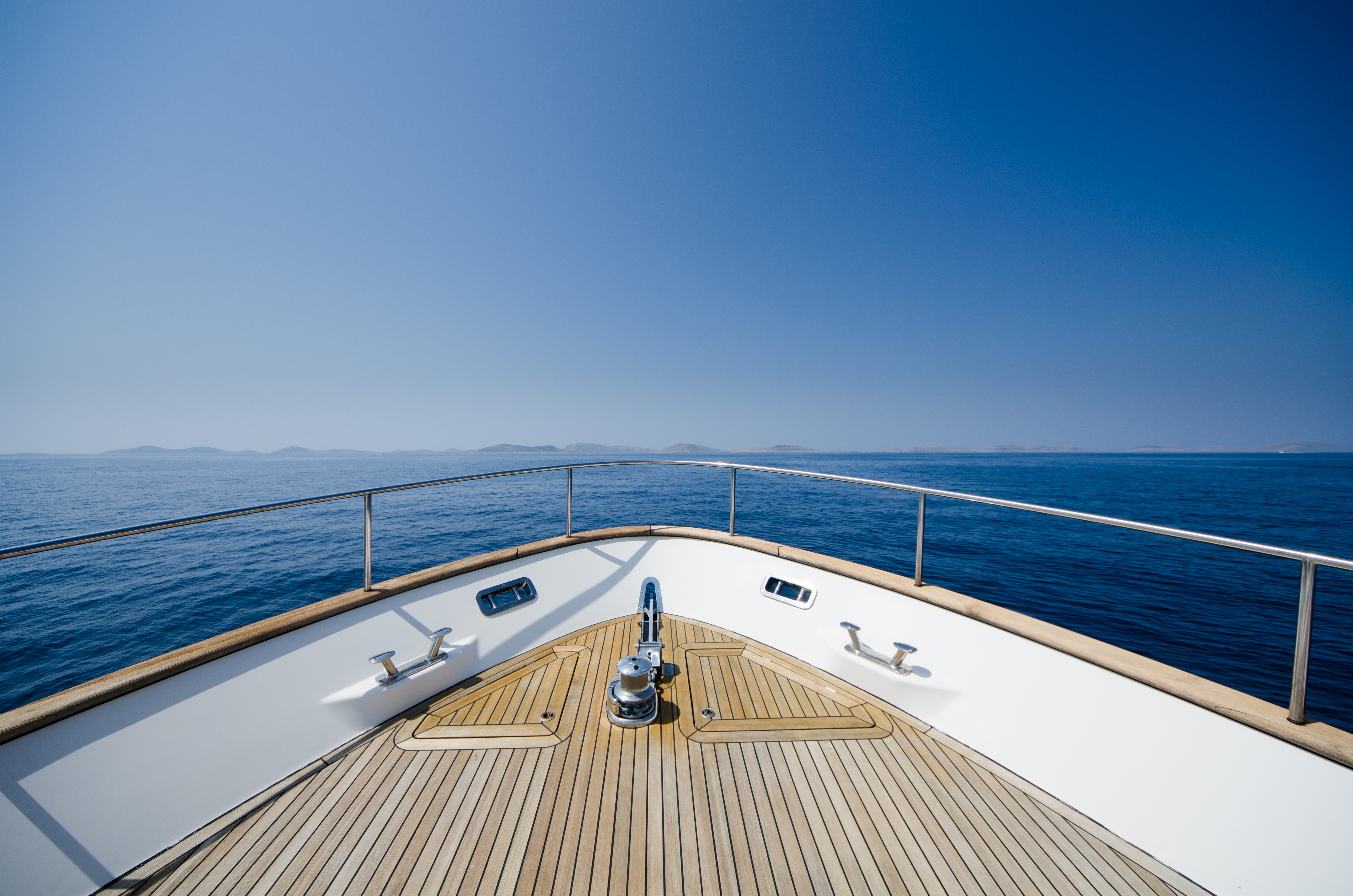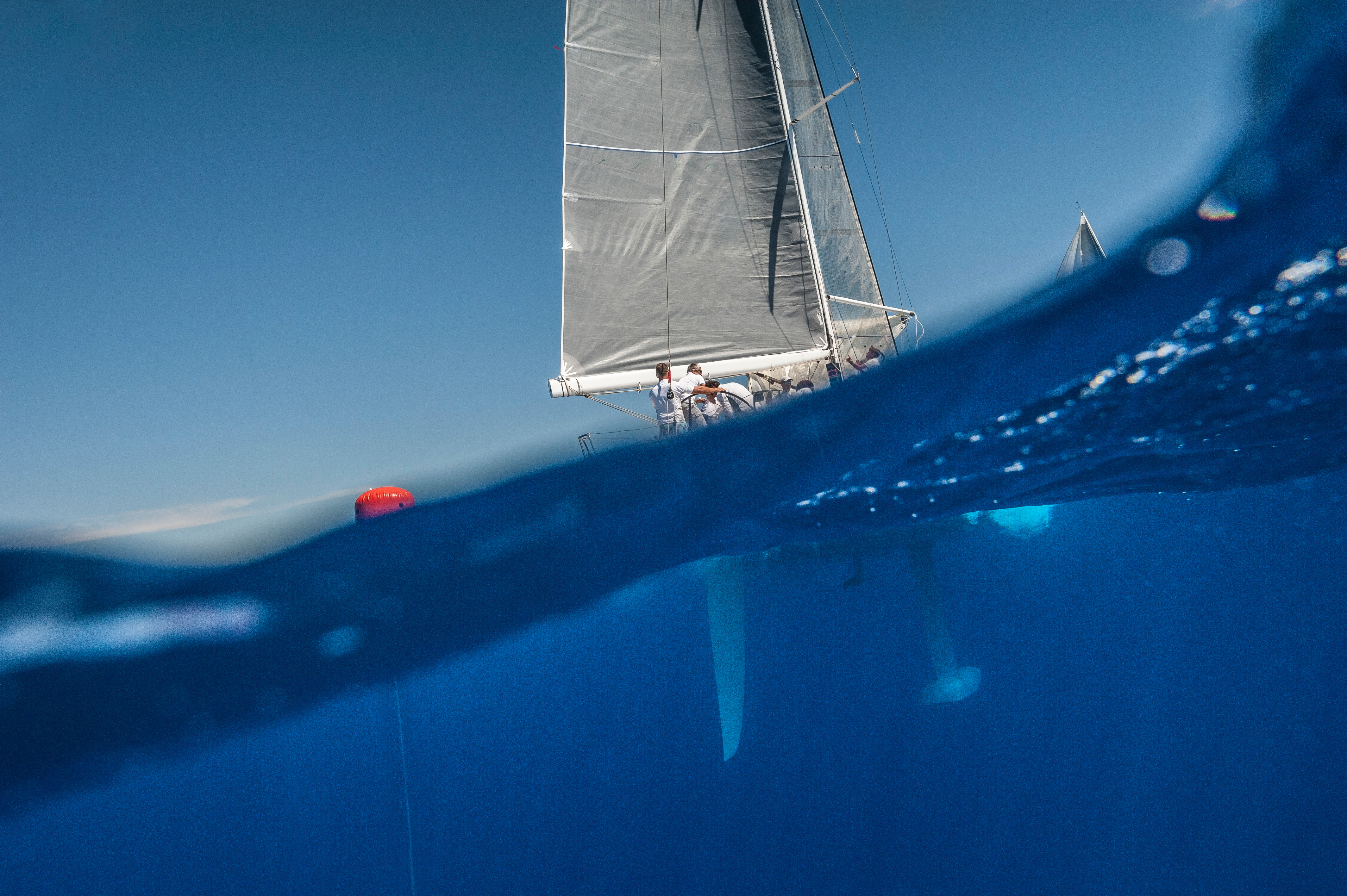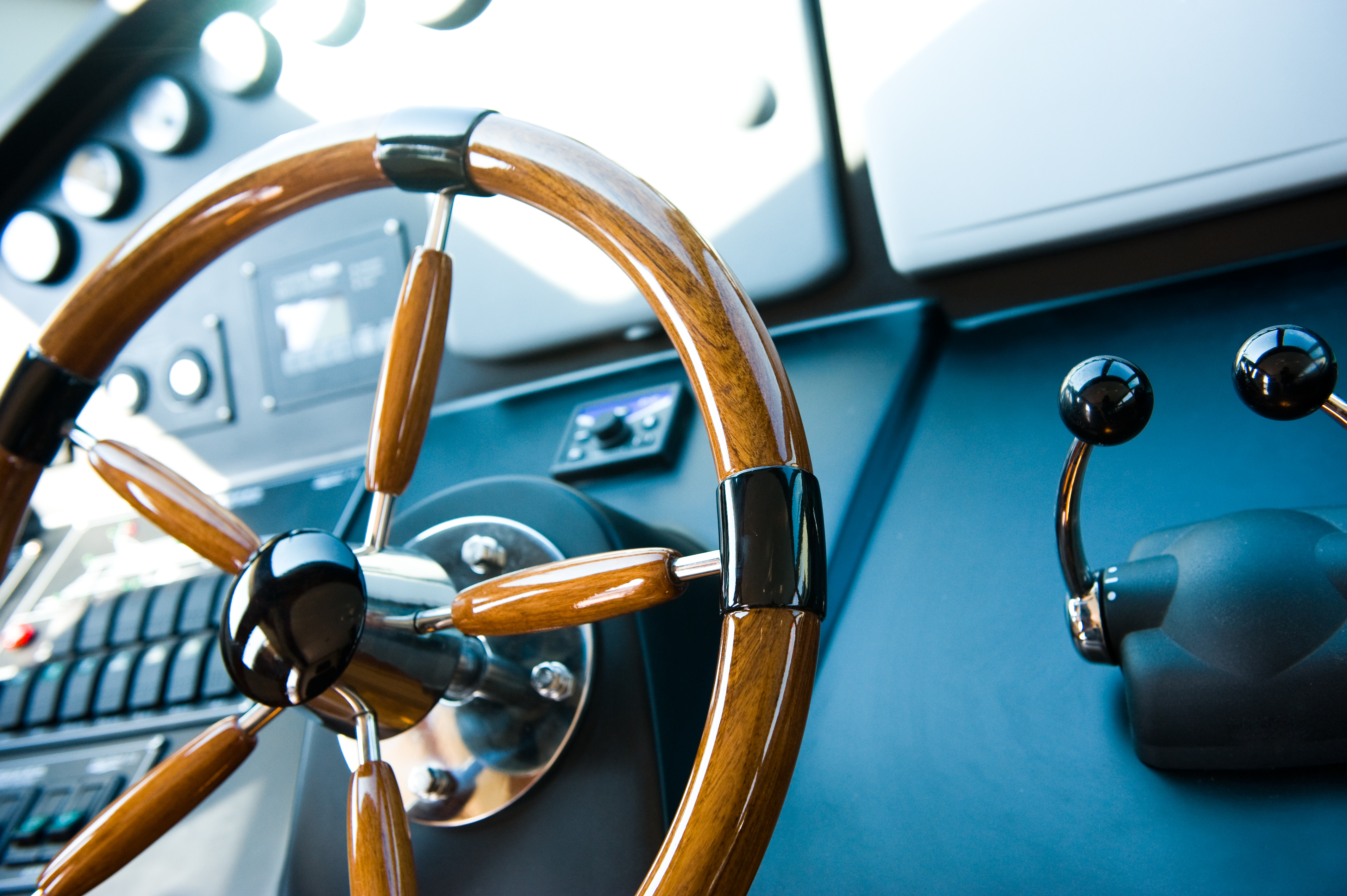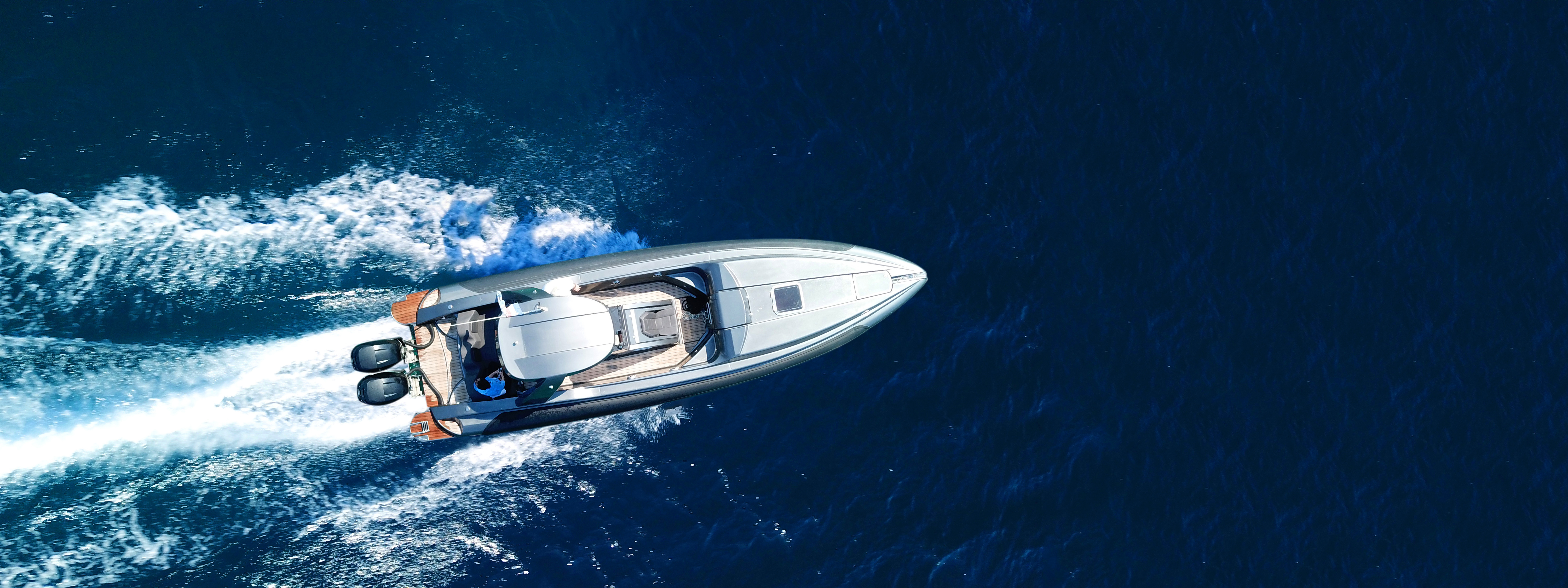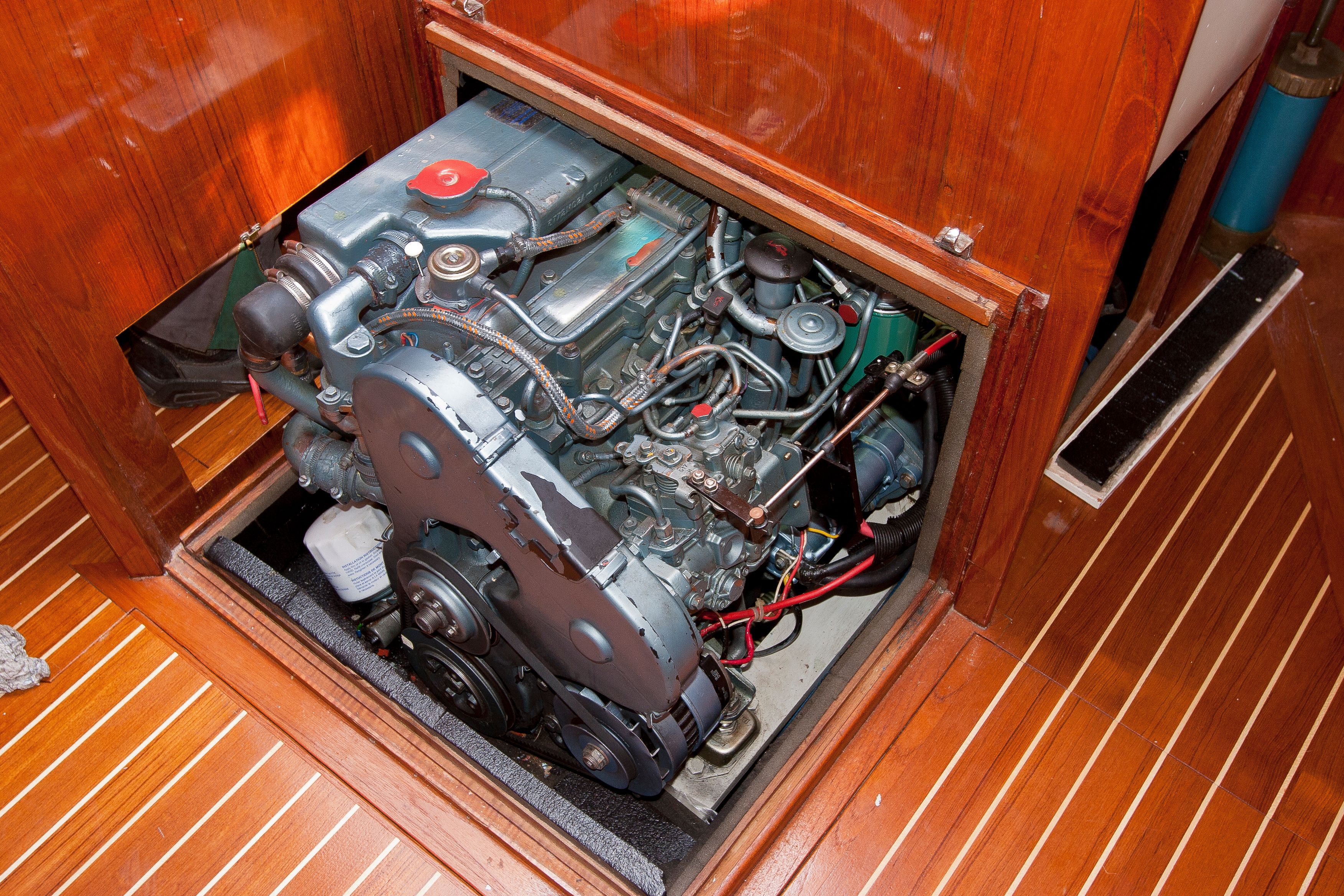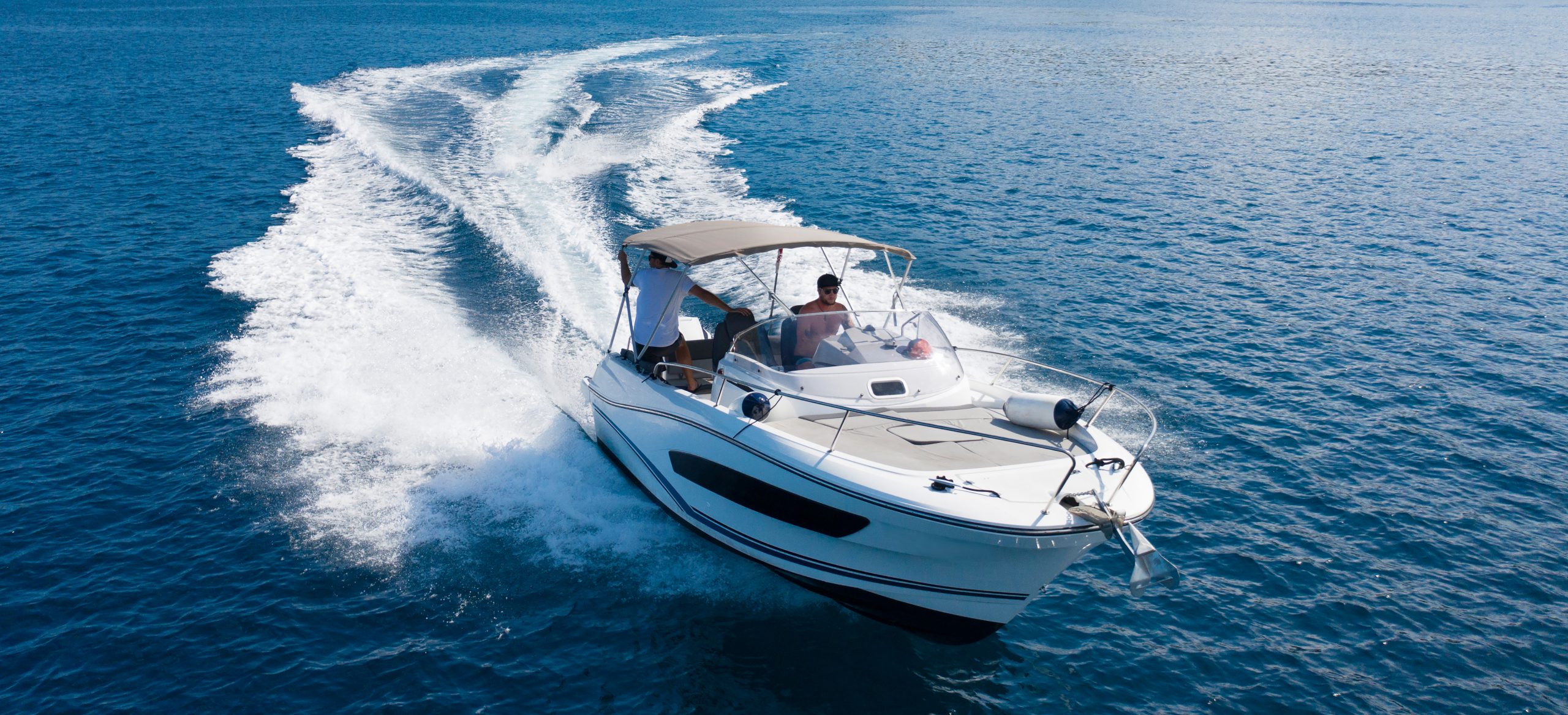
The Main Parts of a Boat
Nautical terminology plays a significant role in understanding what’s going on aboard a boat. In this article, the experts at the National Boating Safety School present the main parts of a boat and associated boating vocabulary to help familiarize you with the way things are done at sea!
The main sections of a boat
Do you know how to say front, back, left and right in nautical terms? These four directions are known by different words on the water. The four main sections of a boat are called the bow, stern, port and starboard.
Boaters also use different terms for other things such as measuring distance and wind, but the four main sections are the most important terms to know in order to be able to situate yourself and communicate effectively on a boat.
The bow
The bow is the front part of a boat. It includes the prow, the stem and the foremost part of the hull.
The stern
The stern is the back part of a boat. The word “stern” is thought to stem from the word “steer”, since boats are usually steered from the back.
Port
Port is the nautical name for the left side of a vessel.
Starboard
Starboard is the nautical name for the right side of a vessel.
The centerline
The centerline is an imaginary line running from the bow to the stern of a vessel. The line divides the boat into two completely equal halves.
Why not just use left and right?
The terms port and starboard were developed to eliminate confusion. Whereas your perception of left and right will change depending on where you are on a boat and which direction you’re facing, port and starboard will always remain consistent—port means left and starboard means right when facing towards the bow.
The anatomy of a boat
Now that you’re familiar with the main sections of a boat, let’s take a closer look at its components.
The deck
The decks are the horizontal surfaces of a vessel. They are usually made of wood or metal. There can be several levels of decks, each at a different height from the keel. The space between decks is aptly named the tween deck.
The keel
The keel is one of the most important parts of a boat. It’s the structural component that links the stem to the stern tube.
The stem
The stem is a piece of wood or metal that forms the foremost part of the hull. The stem features in the expression “from stem to stern”, which means from one end to the other or involving the whole of something.
The underside
The underside is the part of a boat’s hull that is submerged.
The stern tube
The stern tube contains the rudder fittings. Usually made of wood or metal, it is located at the very back of the hull.
The steering mechanism
The steering mechanism of a boat includes the rudder, which is a device located under the waterline that controls the direction of the boat, and the helm, which is operated by a boater to control the rudder.
The propeller
The propeller is the component that propels the boat forward. The propeller is crucial because it is the main factor that determines the boat’s speed and the way it handles.
The motor
Outboard
Outboard motors are located on the outside of a boat and tend to be easily visible. They are usually attached to the hull and are common on small motorboats.
Inboard
Inboard motors are located inside a boat and can be found on vessels large and small. Inboard boat motors work differently than their outboard counterparts.
The hull
The hull is the external structure of a boat, excluding the cabin, mast, deck and rigging. Some boats have more than one hull. A boat made up of two connected hulls is called a catamaran, and one with three is called a trimaran.
The waterline
The waterline is the level the water reaches on a boat’s hull. It’s the line that separates the submerged part of the boat (the draft) from the part that is above the water (the freeboard).
Most boats will have a mark that indicates where the waterline should be. If the waterline mark is submerged, that means that the current load exceeds the boat’s maximum capacity.
The hold
The hold is the space inside a boat between the keel and the lowest deck. On cargo ships, goods are usually kept in the hold.
Learn more about boating from the National Boating Safety School
If you’ve got these terms down, you’ve mastered the basics of nautical terminology. If you’d like to find out more about the parts of a boat and pleasure boating in general, the National Boating Safety School is a great resource. Our online boating safety course is easy to follow and contains everything you need to know about boating safety. After completing the course, you can take the online exam to obtain your boating license (pleasure craft operator card).


